Related Articles
-
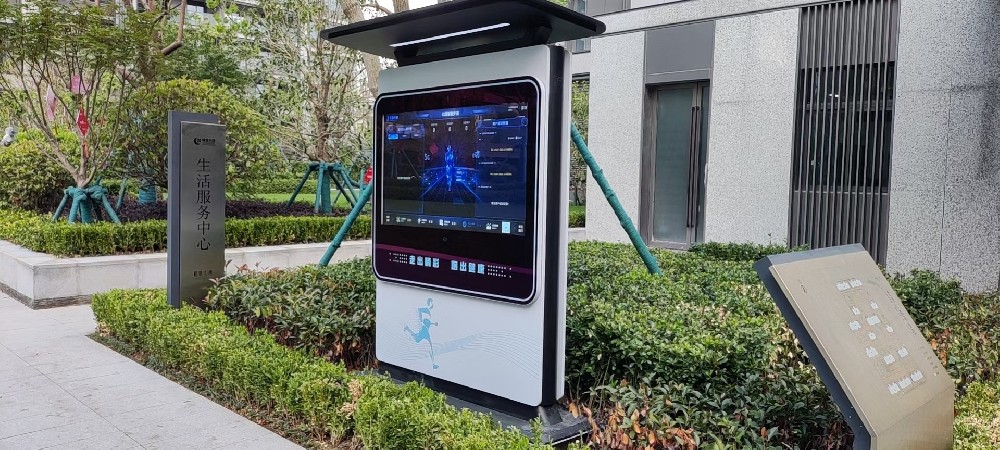 New Trend in Smart Community Construction: Empowering Technology to Create a New Benchmark for Futur
New Trend in Smart Community Construction: Empowering Technology to Create a New Benchmark for FuturIndustry Information 2025-07-13
With the deep application of technologies suc··· -
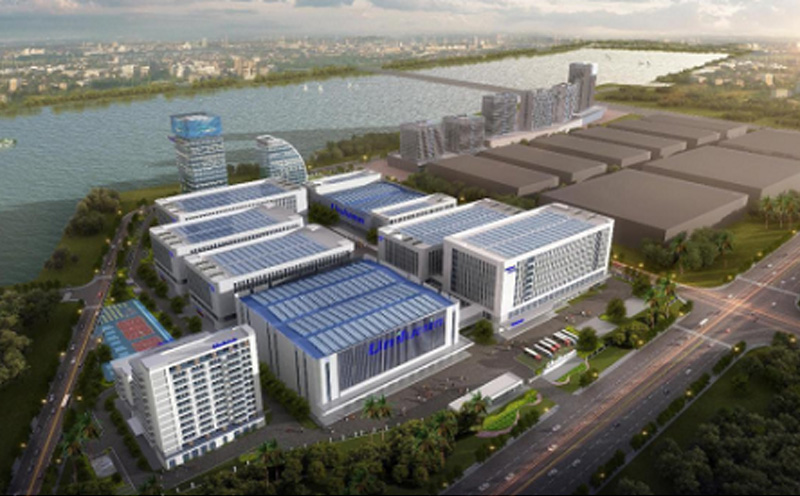 With a total investment of over 6 billion yuan, multiple LED projects have started construction
With a total investment of over 6 billion yuan, multiple LED projects have started constructionIndustry Information 2023-10-18
Entering the Year of the Rabbit, many places ··· -
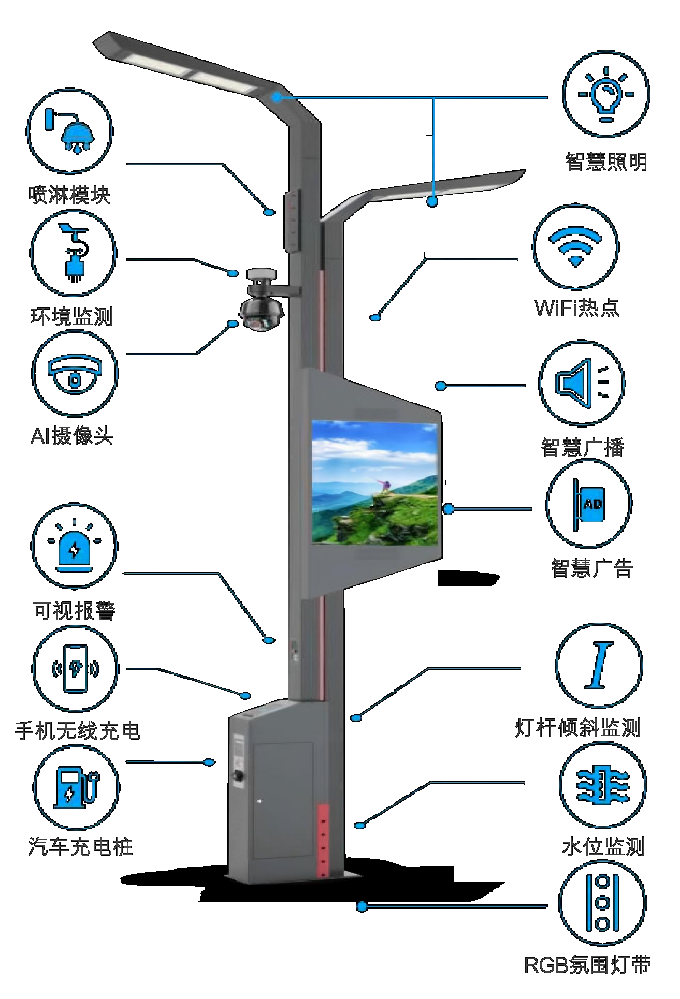 This streetlight pole has contracted the intelligence of the entire street!
This streetlight pole has contracted the intelligence of the entire street!Industry Information 2025-07-14
The 'super evolution' of streetlight ··· -
 LED glass screen reshapes urban commercial space with transparent display solution implemented
LED glass screen reshapes urban commercial space with transparent display solution implementedIndustry Information 2025-07-13
Quick Overview of Core Data✅ Transmittance 85··· -
 Integration of smart city construction and intelligent robot development technology
Integration of smart city construction and intelligent robot development technologyIndustry Information 2025-03-06
With the accelerated advancement of smart cit··· -
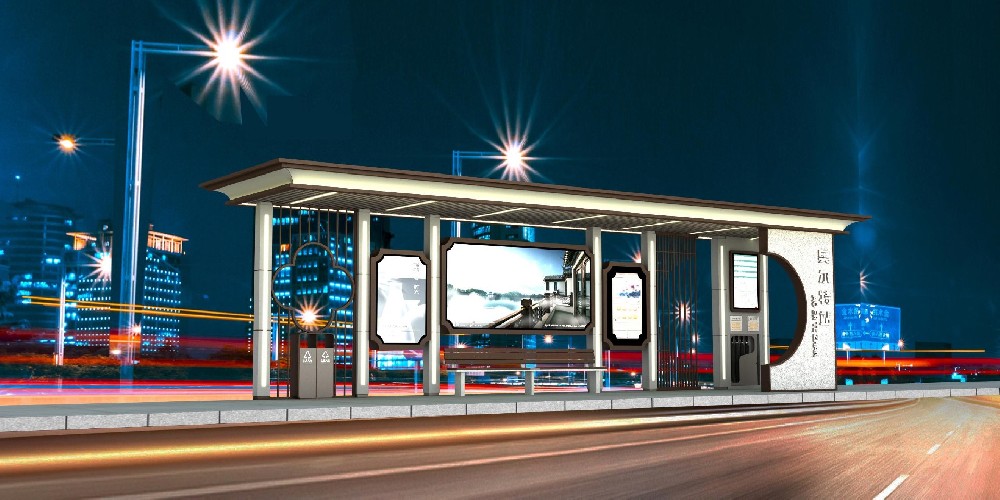 How will the "smart window" of future urban transportation change the travel experience?
How will the "smart window" of future urban transportation change the travel experience?Industry Information 2025-07-12
From real-time navigation to convenient servi··· -
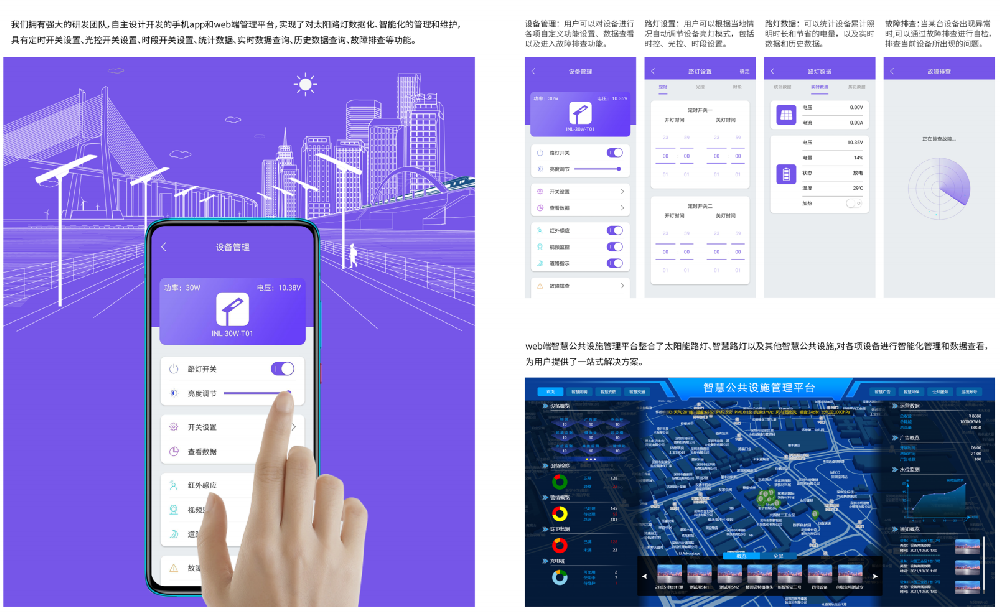 Latest Developments in the Smart City Industry: Technological Innovation and Global Development Tren
Latest Developments in the Smart City Industry: Technological Innovation and Global Development TrenIndustry Information 2025-07-11
In 2024, the smart city industry will usher i··· -
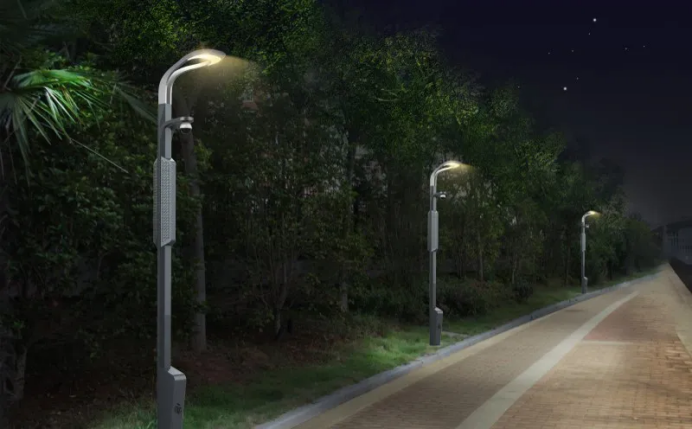 Common problems with smart street lights - one-stop solution for full analysis function, cost, insta
Common problems with smart street lights - one-stop solution for full analysis function, cost, instaIndustry Information 2025-07-12
Smart street lights, as the core infrastructu···

